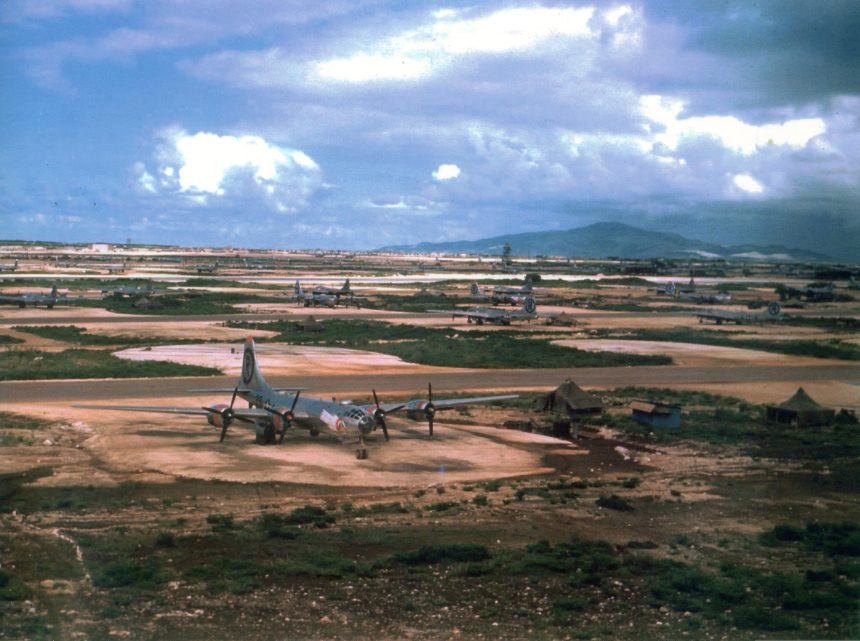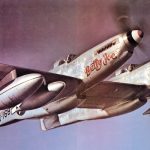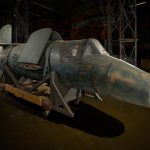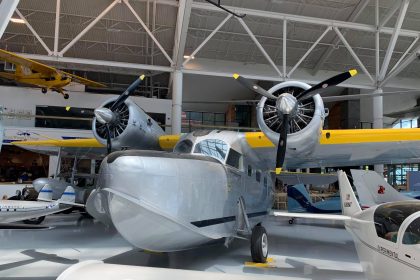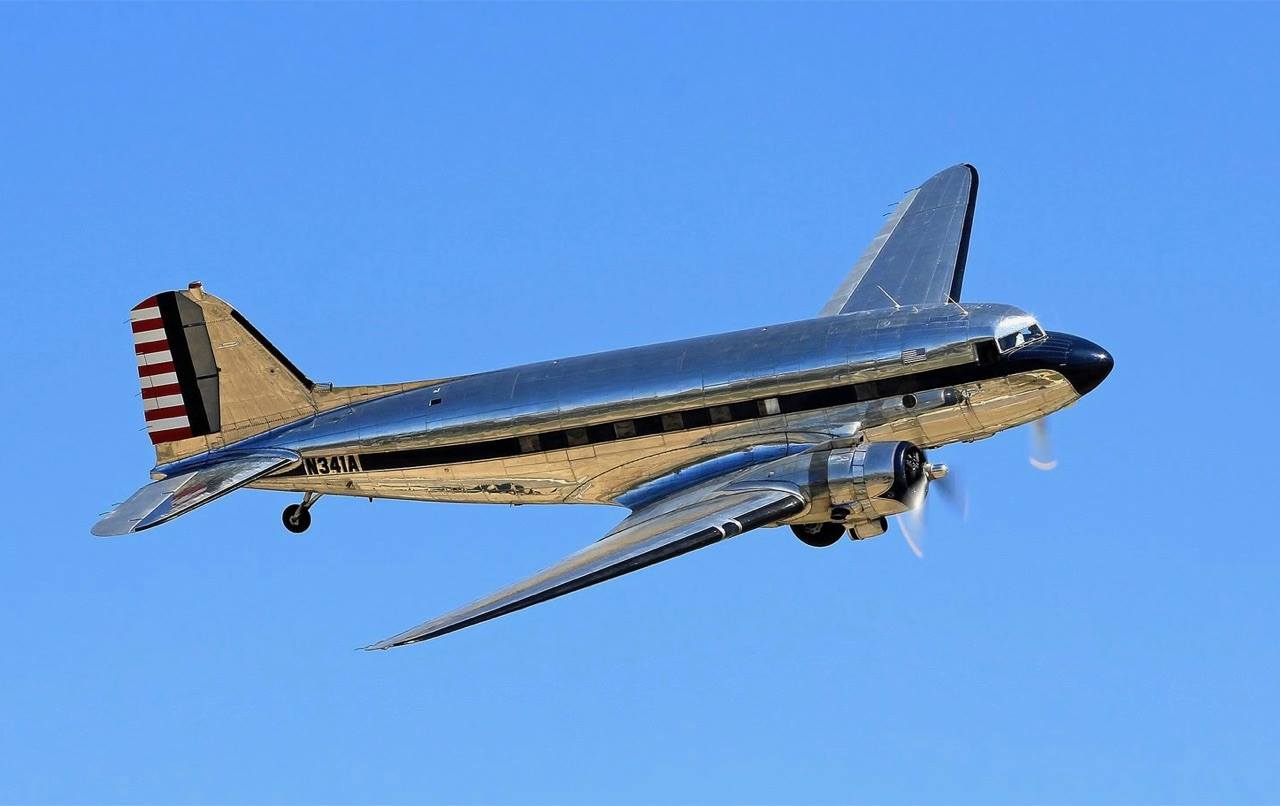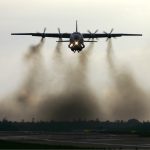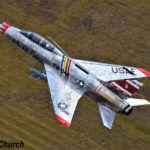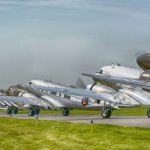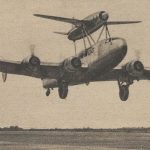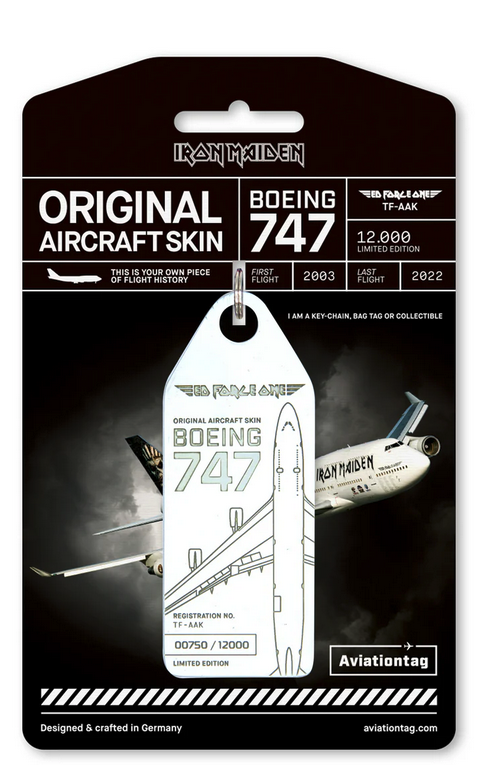The U.S. military is undertaking a significant restoration of North Field on Tinian, revitalizing over 20 million square feet of World War II-era runways and infrastructure. Originally built as a key airbase for B-29 bomber missions against Japan—including the atomic bombings of Hiroshima and Nagasaki—North Field is being reactivated to strengthen U.S. power projection in the Pacific, particularly in response to rising tensions with China.
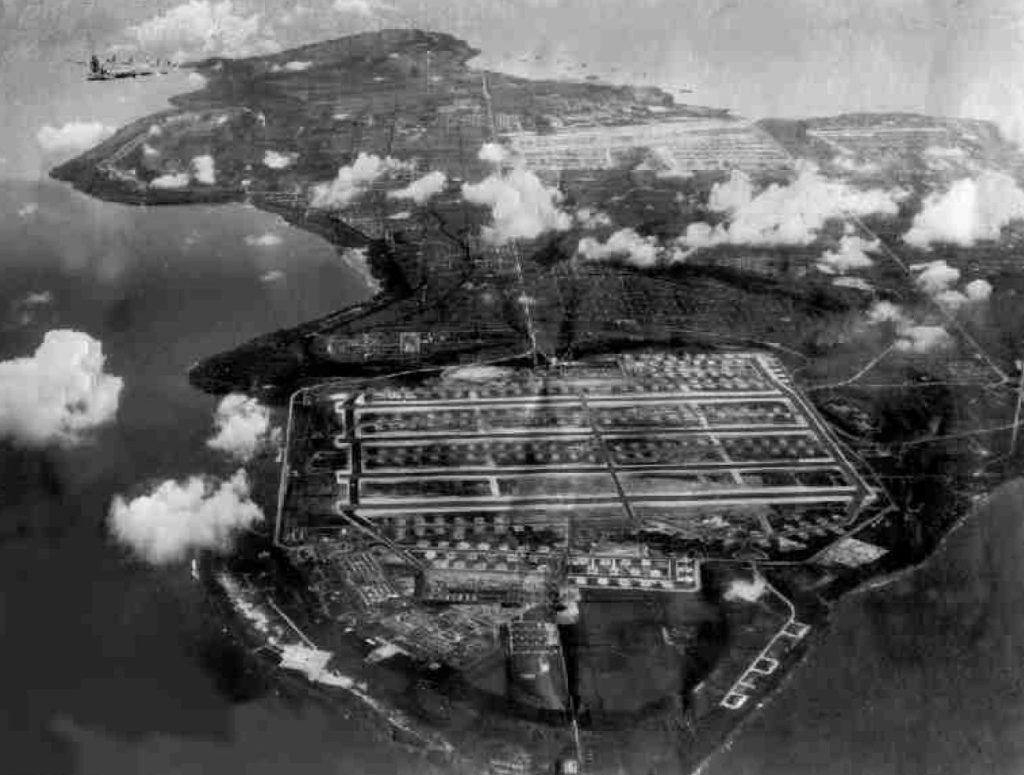
Satellite imagery from Planet Labs reveals extensive progress in clearing and reconstructing the airfield, accompanied by major expansions at Tinian International Airport to bolster military operations. Additionally, new fuel storage facilities at Tinian’s port are being developed as part of a broader divert field project. The U.S. Navy and Air Force are spearheading the effort, closely aligning it with the Air Force’s Agile Combat Employment (ACE) strategy. ACE emphasizes dispersing operations across multiple austere locations to increase flexibility, complicate enemy targeting, and ensure rapid combat power generation.
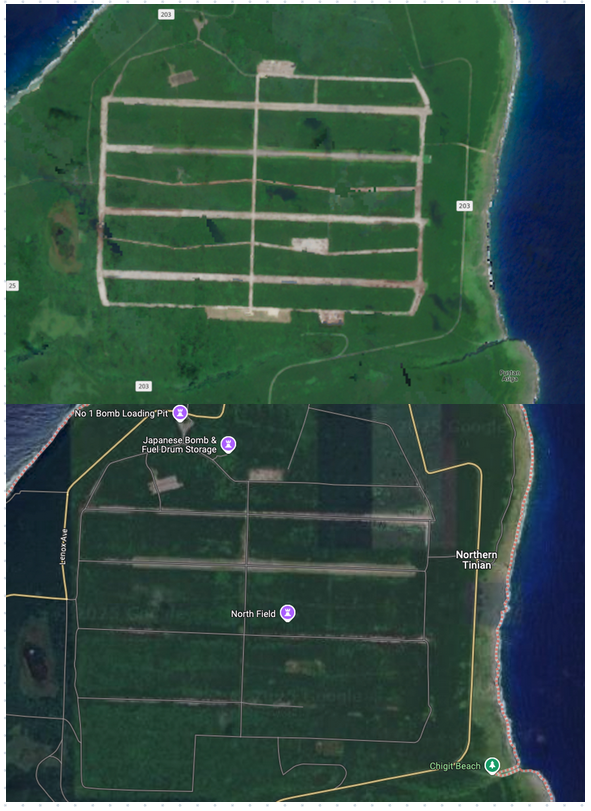
North Field’s historic grid-like layout, originally designed to resemble Manhattan’s streets, adds a layer of complexity for adversaries attempting to neutralize the site. The airfield’s design enables aircraft to relocate between different parking positions, further reducing vulnerability to precision missile strikes.
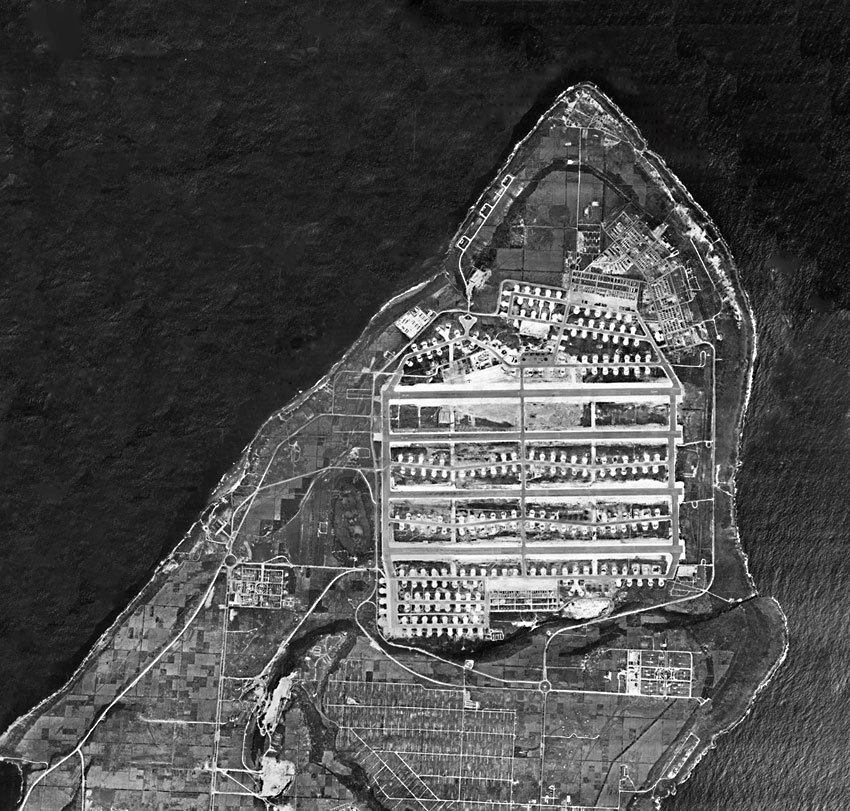
Tinian’s Strategic Legacy
Tinian, part of the U.S.-administered Commonwealth of the Northern Mariana Islands, is a small island located east of the Philippines and south of Japan, with a population of just over 3,000. First settled around 1500 BCE, it became a Spanish possession in the 1600s before transitioning to German control in 1899 and later to Japanese rule after World War I. Under Japanese administration, Tinian became a hub for sugarcane and cotton farming, with a population exceeding 15,000 Japanese and Koreans.
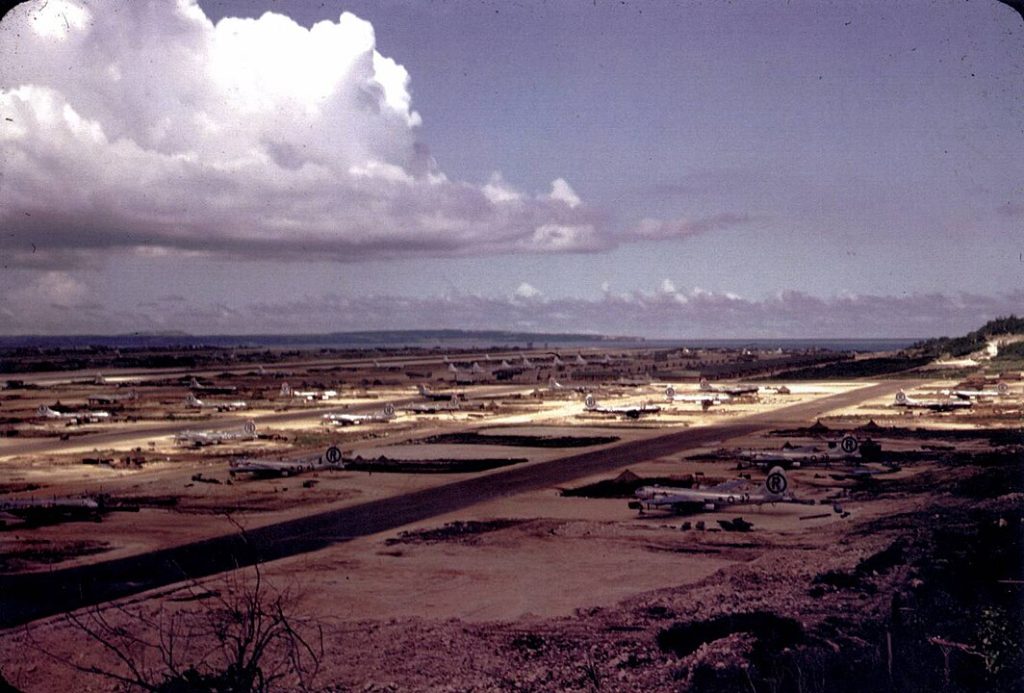
During World War II, Tinian’s strategic location made it a prime target for the U.S. military. In July 1944, U.S. Marines launched an assault, capturing the island after a week of intense combat. Following its seizure, the U.S. Navy’s Seabees transformed Tinian into the largest airbase of the war, with six long runways, hardstands for hundreds of B-29 bombers, and a layout modeled after Manhattan’s streets. Housing over 40,000 personnel, the base played a pivotal role in bombing campaigns against Japan, including firebombing missions and Operation Starvation, which used aerial mines to disrupt Japanese shipping lanes.
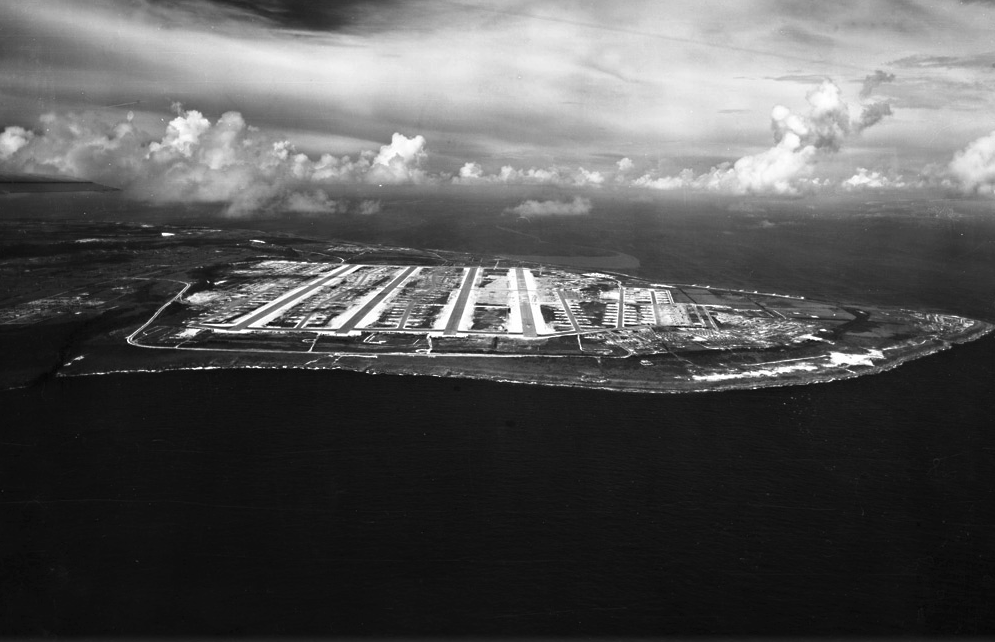
Tinian was also home to the 509th Composite Group, a top-secret unit responsible for delivering the atomic bombs. In August 1945, the Enola Gay and Bockscar took off from North Field, carrying the bombs that devastated Hiroshima and Nagasaki. After the war, Tinian’s airbase was largely abandoned, with only one functional runway remaining as part of Tinian International Airport.

Modern Revitalization Efforts
Today, remnants of Tinian’s military history—including bomb pits and fortifications—are preserved as part of a National Historic Landmark District. While the island’s economy benefits from a small but growing tourism industry featuring pristine beaches, SCUBA diving, and historical sites, its military importance is once again coming to the forefront.

In addition to restoring traditional runways, the military is exploring cutting-edge technologies and operational concepts, such as short and vertical takeoff and landing (STOVL) aircraft, mobile arresting gear systems, and land-based adaptations of aircraft carrier catapult systems. Recently, the U.S. Marine Corps deployed F-35B Joint Strike Fighters to Tinian International Airport as part of routine training exercises, demonstrating the island’s increasing strategic significance.
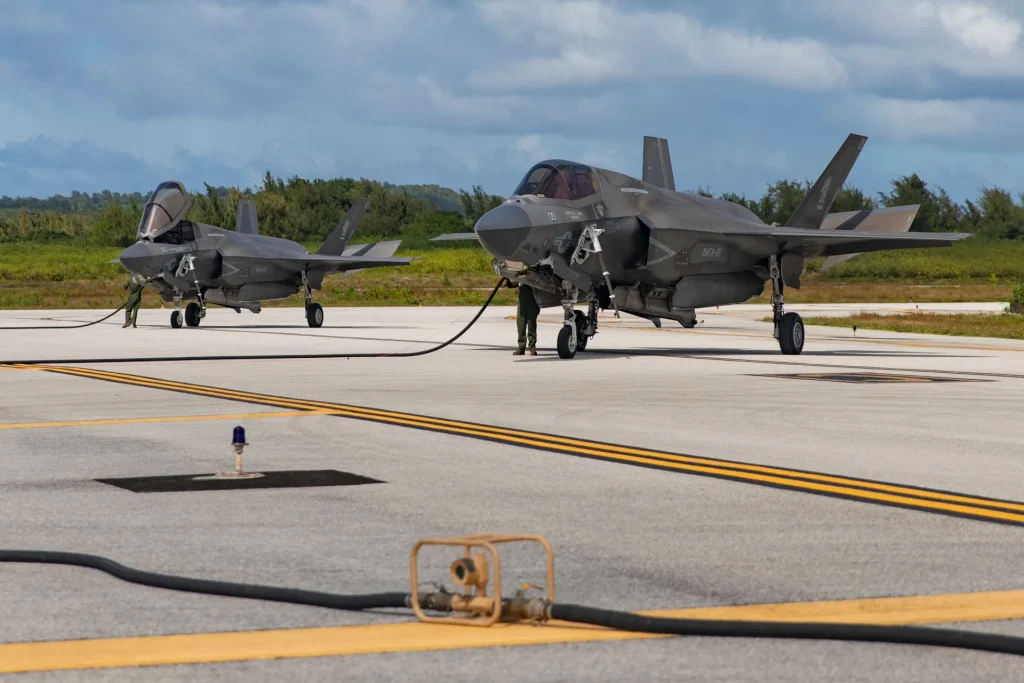
North Field is one of several airbases being revitalized across the Western Pacific to bolster operational resilience. While not hardened against attacks, the restoration of multiple dispersed airfields compels adversaries to expend significant resources in any potential conflict. These efforts, coupled with enhanced air and missile defense systems, ensure that U.S. airpower remains a formidable force in the Indo-Pacific. A fascinating PowerPoint presentation about the Use of Tinian Island During World War II is available on the Missouri State University website at this [LINK].







